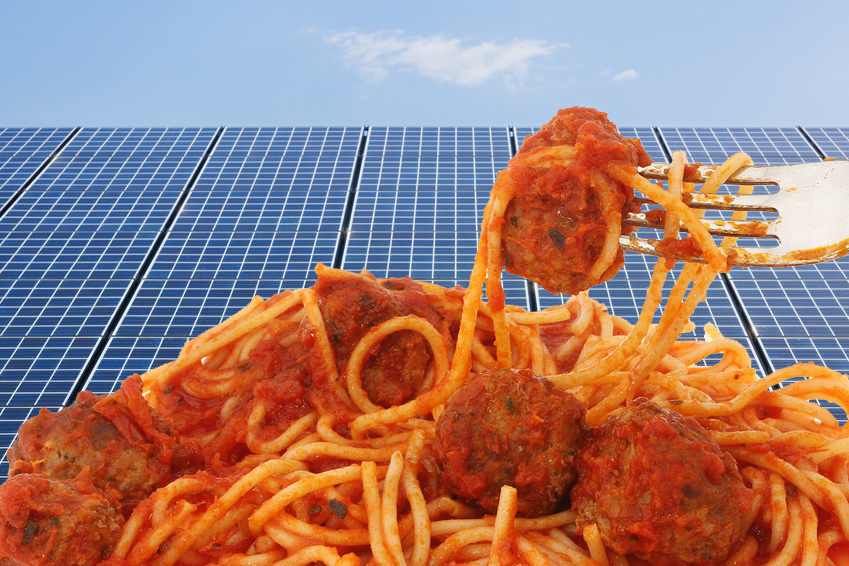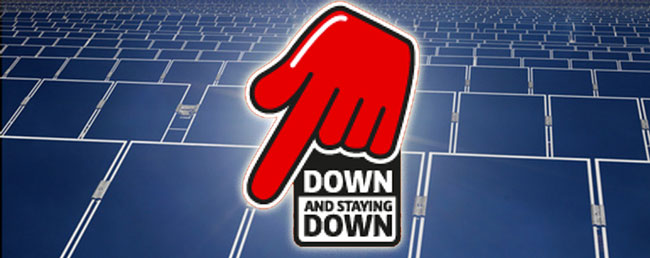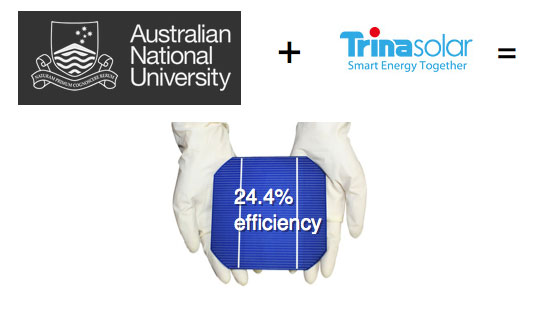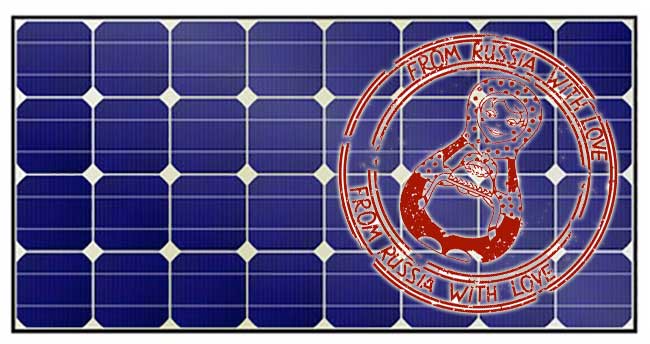
Malcom & Greg rip millions from renewables research whilst claiming the opposite. Sigh.
The government’s re-shaping of renewable energy financing during the week has drawn quite a few responses in the media. Some applaud the allocation of $1 billion for renewables, however most of them have accused the PM and the Minister of the Environment Greg Hunt of duplicity and blatant vote-buying in an election year. [Read more…]










 RSS - Posts
RSS - Posts



Currently Raging Debates: